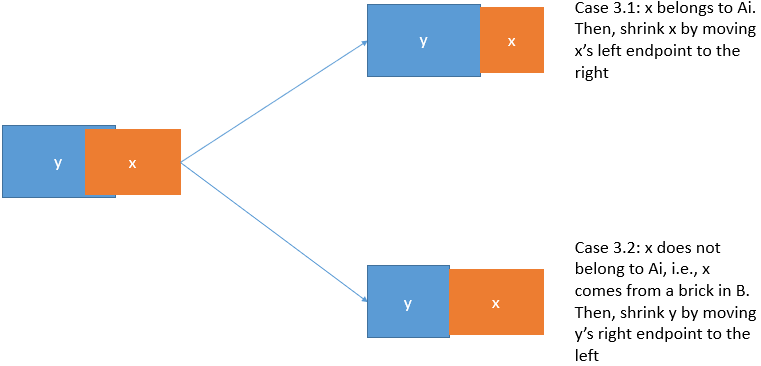I have difficulty logging in.
When I finally logged in, I cannot log out.
I have to publish this blog, as it can easily fall into deadloops. Users who fail to log in cannot seek for help. In turn, I cannot log in until trying about 20-30 times without your help. Do you modify your anti-DDoS or anti-proxy configurations?











